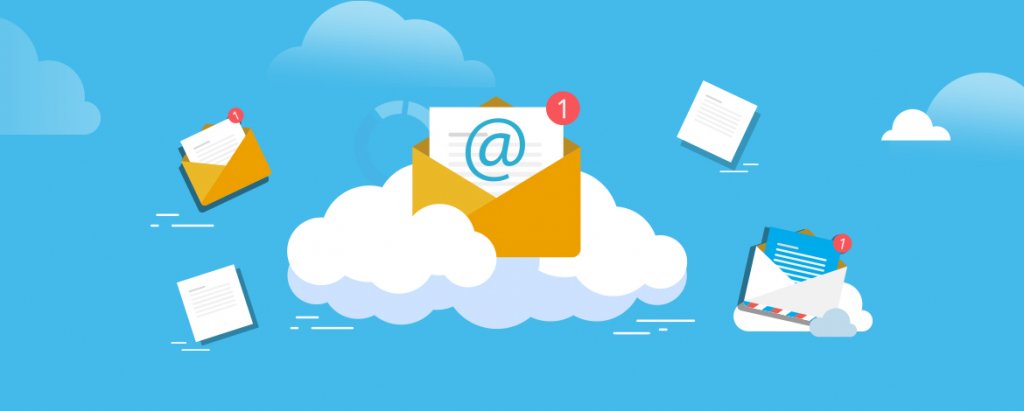In a two article series, we will be detailing about the new features released as a part of the January 2021 Marketing Cloud release.
In this first part, let’s discuss the two major new features:
- AMP for Email
- WhatsApp for Marketing Cloud
AMP for Email
AMP is an open source framework that allows the customers to make interactions in the email itself instead of landing pages or webpages. This framework thus elevates the customer experience by allowing them to interact within the email.
This is similar to the Interactive content feature within Marketing Cloud. AMP for Email supports the existing email framework and is embedded as a new MIME part.
You can use the new AMP for Email feature for many use cases within Content builder. Some of notable examples are as follows:
- Carousels
- Confirmations and opt-ins
- Real-time data
- Browsing and research
- Appointment booking
Let’s talk about the Appointment booking example in detail:
Suppose a customer is looking at the email sent by you in regards to a promotion. Now, within the same email, you can provide the option to book an appointment if they are ready to visit the shop.. AMP for Email feature will provide the option to book appointment dates as well as time.
Once the date & time are selected and submitted by the customer, they will receive a confirmation email with the details.
The above activity is done within the email itself and the email recipient does not have to click on a CTA, go to a landing page for the same.
Steps to configure AMP for Email within the Marketing cloud:
- Log into Marketing Cloud instance
- Go to Content Builder
- Select Create an Email
- Choose the email template of type AMP, i.e., Template+AMP or HTML+AMP
- AMP for email can also be accessed from the AMP editor in view email
AMP Email Best practices:
- Always use an HTML fallback for an AMP for Email block. This will be used in case the email client doesn’t support AMP for Email
- Use out of the box features provided by AMP for Email
- Test the AMP emails in the validator as well as with various email clients
- Use the standard UI conventions in the emails
- AMP supports most of the CSS and HTML web standards
AMP for Email is applied to all the Marketing Cloud Editions like Pro, Corporate, and Enterprise, and will be rolled out for all customers by 1 March 2021.
WhatsApp for Marketing cloud
It’s pretty clear that businesses want to communicate with their customers via WhatsApp, as this communication channel is one of the most prevalent with customers. Since Marketing Cloud is one of the preferred mediums of communication with the customers.
WhatApp allows you to only send transactional messages and not promotional messages. Example is Product purchase confirmation.
WhatsApp integration has been launched with the help of a partner, Sinch, an official WhatsApp business solution provider.
Following are the use cases for WhatsApp integration with Marketing Cloud:
- Customer has purchased the product from the company and the company wants to send them the confirmation over WhatsApp
- Company provides the details of the payment updates after a particular transaction made by the customer
- This feature can update the user with the shipment details of the product ordered by the customers
Steps to configure WhatsApp in Marketing Cloud
- Create a WhatsApp account- This step is to link the Facebook Business Manager with WhatsApp and it requires approval from WhatsApp.
- Create Channel: This is required for each brand to communicate with the customers. This too requires approval from WhatsApp
- Messages Templates: This step involves creating pre-desired templates to communicate with the customers since they are transactional messages. Like previous steps, this too requires approval from WhatsApp
- Create your messages: This is the step where Content builder is used to create the messages. Go to Content Builder and choose the templates created in the previous step and complete the messages.
There is also an option to create ad-hoc messages which are Session messages. This can be used to communicate with the customers.
- Use WhatsApp activity: After following all the above steps, we should be able to drag and drop Whatsapp activity in Journey Builder canvas. WhatsApp activity should be configured in the Journey Builder.
For session messages, another source entry should be used, i.e., Inbound chat entry source.
This feature can be purchased by Enterprise and Corporate edition customers, post the release.
Wrap up
This is one of the most exciting and long-awaited SFMC releases, as it includes two major features which were most sought by all the stakeholder – AMP for Email & WhatsApp integration. While these are two of the most crucial releases, they coming at the start of the year makes them even more special.
We have covered both these important features in detail along with the use cases, and we hope it will help Salesforce marketing cloud specialists, partners, and customers to prepare better with their digital marketing strategy.
In the second blog in this series, we will cover all the remaining features in the Marketing cloud Jan 2020 release. Stay tuned.
